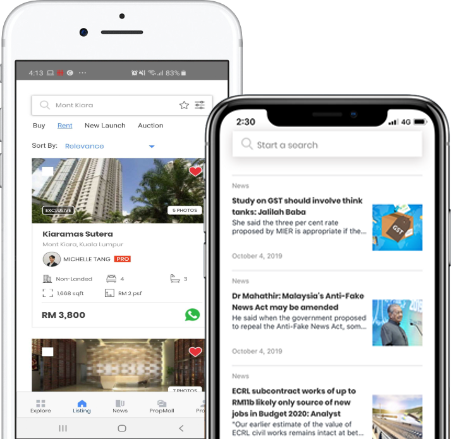WASHINGTON: Builder confidence in the US market for newly built, single-family homes continued to fall for two straight months, underpinned by tight consumer credit, continuing competition from foreclosed and distressed properties, as well as consumer hesitancy towards purchasing homes, said the National Association of Home Builders (NAHB).
The survey-based NAHB/Wells Fargo Housing Market Index (HMI) released on Monday, July 19, dropped two points from a downward-revised figure in the previous month to 14 in July, NAHB said.
NAHB chairman Bob Jones, who is also a home-builder from Bloomfield Hills, Michigan, said the association is still recording a quiet period of home-buying activity following the expiration of the federal home-buyer tax credit programme as most sales were pulled forward from this summer to meet the programme’s deadline.
"In addition, builders are reporting continuing consumer hesitancy regarding home purchases due to uncertainty in the overall economy and job markets," he added.
Its chief economist David Crowe said the break in purchasing activity following the programme expiration is longer than expected due to the very gradual improvement in the rest of the economy.
“That said, we do believe that favorable factors such as low mortgage rates, affordable prices, and demographic trends will help revive consumer demand for new homes this year, and that new-home sales will improve by 10% in 2010 from 2009," he said.
The HMI measures builder perception of current single-family home sales and sales expectations for the next six months as “good”, “fair” or “poor” based on a monthly survey by NAHB, which has been conducting this survey for over two decades.
Builders also had to rate traffic of prospective buyers as "high to very high," "average" or "low to very low."
The scores of each component are then used to tabulate a seasonally adjusted index, in which a score of over 50 indicates that more builders view conditions as good than poor.
This month, each of the HMI’s components declined. The current sales conditions component fell two points to 15, while the component that measures sales expectations in the next six months dipped by a point to 21, and the component that measures traffic prospective buyers dropped three points to 10.
However, HMI's results in July differed regionally, with the Northeast adding seven points to 23 this month, while the Midwest improved by one point. The Southern and Western regions each fell by five points to 14 and 9 respectively.
The difference is caused by the smaller survey sample within each region, and is therefore inclined to show more monthly volatility.





